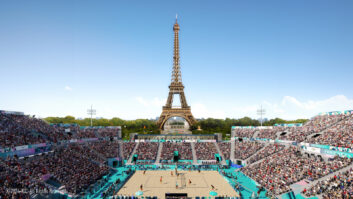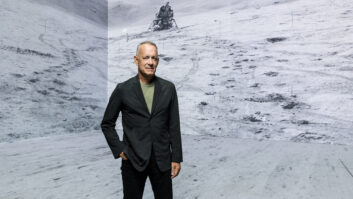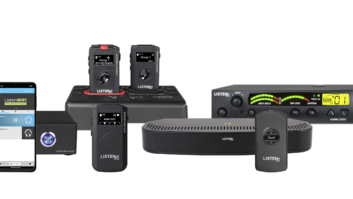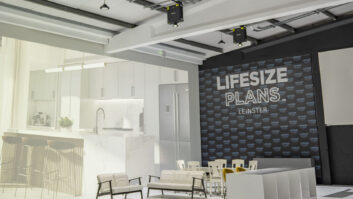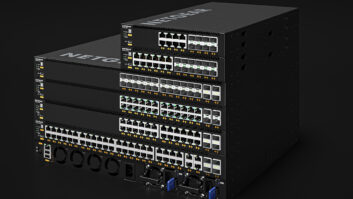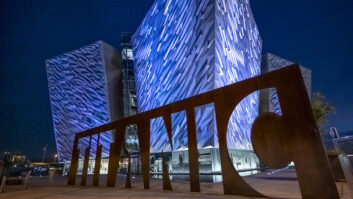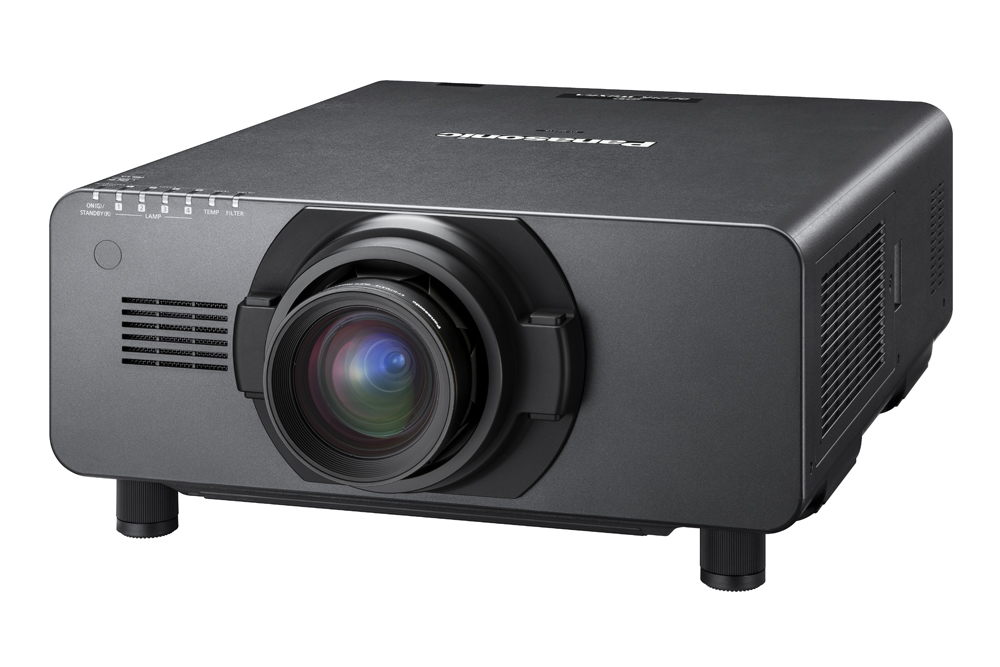
Tom Gibson, product marketing specialist, visual systems solutions at Panasonic, talks us through some current trends in the projector market.
What are the key benefits that UST projectors bring to meeting and education environments?
A downside of non-UST projectors in this context is that to get a large image displayed, the projector needs to be aimed towards the presenter. Not only can the presenter find themselves wearing their presentation if they cross the light path from projector to the display, but the bright light from the projector can be quite irritating if it catches their eyes.
Teachers, for example, spend consecutive hours in front of projectors on a daily basis. Ultra short throw projectors solve these problems due to the very short range required to make a large image. With the projector installed behind or above the presenter, instead of directly in front of them, they are free to walk in front of presentations without wearing them or being dazzled by the projected light.
On top of that, by placing the projector in close proximity to the projection wall, screen or board, a neat and compact setup is possible which can often allow smaller rooms to have a projection facility. With the projector being away from the audience, any fan noise generated minimises interference of the presentation.
What trends do you see developing in the projection technology landscape?
Developments in solid state laser light source and Solid Shine projection technology are giving projectors the benefit of 20,000 hours of maintenance free operation. Filter free designs are also offering minimal equipment downtime.
Other trends include smaller form factors opening up new applications. For example, the Panasonic PT-DZ21K is smaller and requires less manpower to install compared to other projectors of its capacity – speeding up set up and breakdown and reducing the number of killed seats behind the projection stack. This made it a great addition in the Olympic Games, the Roger Waters Wembley show, numerous Opera Houses and more.
What’s the most buoyant market for projector sales currently – geographically and by vertical?
While school’s out for summer, the education sector is very busy as schools, colleges and universities upgrade their facilities ready for the new academic year in September. In general though, a market we’ve seen continued growth in is rental and staging.
As our projectors are becoming more reliable, efficient and overall less costly to own and operate, they’ve been very popular across rental and staging. Being more compact means they can be installed with fewer technicians. Light source redundancy such as the quad lamp system found in PT-DZ21K offers stage directors peace of mind during shows; and the high brightness available now creates a spectacular display.
In autumn, we’re launching the world’s shortest throw detachable lenses, including the LE90, which will allow for larger 3 chip DLP projectors with higher brightness to be used for ultra-short throw projection. This will provide a perfect solution for example in museums or in retail, allowing for creative, bright displays to attract customers or showcase exhibits.
Have you been involved in any recent projects that you’d like to highlight?
Our PT-DZ21K projectors were recently used with Elton John at the Battersea Power Station annual party, and have also been on stage with the 1975.
In contrast to large venue projection, another project we’ve been involved with is WizeFloor. It is an interactive floor made through projection that promotes physical motion, teamwork, communication and creativity through play. It’s becoming an integrated part of children’s everyday lives at visionary Danish schools, day care centres and hospitals.
